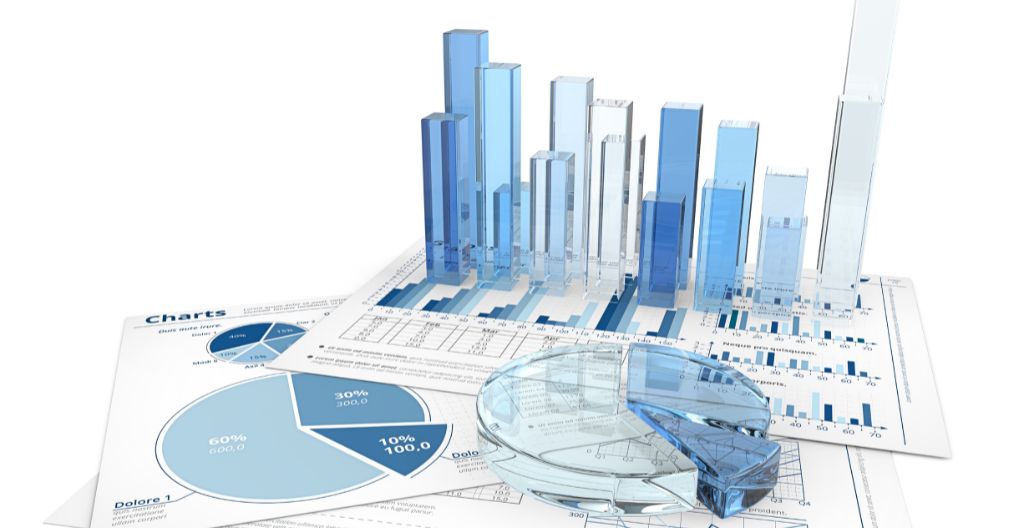This article delves into the evolving landscape of technical illustration in 2024.
It explores the integration of technology and artistry in communicating intricate concepts across various industries.
With a focus on the latest trends, tools, and techniques, we examine the crucial role of technical illustrators and the impact of digital transformation on their profession.
Highlighting numerous examples and resources, this piece provides a comprehensive understanding of today’s technical illustration sphere.
Key Takeaways
- Technical illustration is a form of communication that can be categorised into three types: communication with the general public, specialised engineering or scientific communication, and communication between highly skilled experts.
- There are various types of drawings used in technical communication, including conventional line drawings, exploded view drawings, cutaway drawings, and clip art images.
- Technical illustration utilises different projection techniques, such as axonometric projections (parallel and perspective) and 3D and solid-body projections.
- Examples of technical illustrations include drawings of a small kitchen in perspective, an engine in conventional line illustration, a drum set, a pen and ink scientific illustration of Gallotia simonyi, and a broken view plan of ship decks from 1783.
The Evolution of Technical Illustration
Over the past several decades the evolution of technical illustration has been marked by significant changes. Particularly, there has been a shift from traditional hand-drawn techniques to digital methods. This shift has expanded the range of possibilities for creating detailed and intricate technical designs. Technical illustrations can be found not only in infographic template examples but also in all kinds of assets.
The advent of computer-aided design (CAD) software has transformed the field of technical illustration. It has allowed for precise measurements and the ability to manipulate designs in three dimensions. This has greatly increased the accuracy and efficiency of creating technical illustrations.
In addition to CAD software, developments in graphics and imaging technology have also played a significant role in the evolution of technical illustration. These advancements have enhanced the visual clarity and appeal of illustrations. They have made it possible to create more realistic and detailed illustrations that effectively communicate complex information.
Furthermore, the integration of multimedia elements, such as animation and interactivity, has enriched the communicative potential of technical illustrations. These elements can help to convey information in a more engaging and interactive way, making technical illustrations more effective in their intended purpose.
Overall, these advancements in technical illustration have not only improved the quality and effectiveness of illustrations but have also broadened their applicability across various industries and disciplines. Technical illustrations are now used in fields such as engineering, architecture, medicine, and more.
The Role of Technology in Technical Illustration
The advancements in technology have significantly influenced the methods and effectiveness of technical illustration, enabling creators to produce highly detailed and accurate depictions of complex concepts. Cutting-edge software and digital tools have revolutionised this field, pushing beyond traditional boundaries and introducing new possibilities for visual communication.
The incorporation of 3D modeling, for instance, allows for more dynamic and interactive illustrations. Moreover, developments in augmented and virtual reality technologies are creating immersive experiences, transforming the way technical information is perceived and understood.
| Technological Advancement | Impact on Technical Illustration | Examples |
|---|---|---|
| 3D Modeling | Creation of dynamic, detailed representations | CAD software |
| Augmented Reality | Interactive, immersive experiences | AR apps in manual guides |
| Artificial Intelligence | Automated design processes, data analysis | AI-powered design tools |
| High-resolution Imaging | Detailed, accurate illustrations | Microscopic imaging in medical illustrations |
These advancements are not only enhancing the quality of technical illustrations but also the speed and efficiency of their creation, broadening their applications across various industries.
Exploring Various Techniques in Technical Illustration
In addition to digital tools, traditional methods often come into play in technical illustration. Understanding how to effectively combine these techniques can significantly enhance the clarity and impact of the final product.
Techniques such as conventional line drawings, exploded view drawings, and cutaway images can be utilised in conjunction with modern software to create detailed and informative illustrations. The use of axonometric projection techniques, including parallel and perspective projections, can add depth and realism to the illustrations. If there needs to be any writing, the illustrator needs to be familiar with the most common technical writing tips or get help from a technical writing agency.
In the natural sciences, simple line techniques and stippling are employed to convey information with minimal artistic interpretation. Regardless of the technique used, the key lies in effectively communicating complex information in a visually appealing and easily understandable manner.

The Impact of Technical Illustration on Different Industries
Nearly every industry, from aerospace to zoology, relies to some extent on technical illustration, making its impact substantial and widespread. This form of visual communication simplifies complex concepts, making them more accessible and understandable to diverse audiences. It plays a crucial role in industries like manufacturing, engineering, and education, where precision, clarity, and effective communication are paramount. Consequently, its impact is not just confined to these fields but extends to everyday life, influencing how we interact with technology and understand the world around us.
| Industry | Application of Technical Illustration | Impact |
|---|---|---|
| Aerospace | Designing aircrafts, spacecrafts | Enhances precision and safety |
| Manufacturing | Assembly instructions | Improves efficiency and product quality |
| Education | Textbook diagrams | Facilitates learning |
| Medicine | Medical illustrations | Aids in diagnosis and treatment |
| Architecture | Blueprints, structural designs | Assists in building design and construction |
Future Trends in Technical Illustration
Amidst advancements in technology and the drive for precision, future trends in technical illustration are leaning towards the use of augmented reality for interactive experiences, and artificial intelligence for automated design processes.
The incorporation of these technologies not only enhances the quality of output but also significantly reduces the time and effort required.
Augmented reality offers users an immersive experience, allowing them to interact with the illustration in a real-world context.
On the other hand, artificial intelligence, with its ability to learn and adapt, can automate repetitive design processes, resulting in increased efficiency.
As we move forward, these technologies are expected to become more prevalent, steering the direction of technical illustration towards a more dynamic and automated future.
Sign up for our Publishing Newsletter and start delivering creative, concise content
Frequently Asked Questions
What Are the Basic Tools and Software Used in Creating a Technical Illustration in 2024?
In 2024, the basic tools for creating technical illustrations include design software such as Adobe Illustrator, AutoCAD, and CorelDRAW, as well as digital drawing tools like graphic tablets for precise, detailed illustrations. Illustrations of this kind can be found in all types of infographics. Here are some list infographic examples so you get acquainted with the term.
How Have the Methods and Techniques of Technical Illustration Evolved Over the Years?
Technical illustration methods have significantly evolved, shifting from hand-drawn images to advanced software utilisation. This progression enhances precision, facilitates complex representations, and allows interactive elements, effectively conveying technical concepts in an accessible manner.
How Can Technology Enhance the Effectiveness and Precision of Technical Illustration in 2024?
In 2024, technology could enhance technical illustration by providing advanced software tools for more precise drawings, incorporating 3D modeling for better clarity, and enabling real-time collaboration for improved accuracy and efficiency. In terms of infographic building, it makes things easier.
Can You Explain the Influence of Technical Illustration on the Automotive or Aerospace Industry?
Technical illustration significantly influences the automotive and aerospace industries. It simplifies complex concepts, aids in the design and manufacturing processes, and facilitates effective communication of technical information to both professionals and the general public.
What Are Some Emerging Trends in Technical Illustration That We Should Anticipate in the Near Future?
Emerging trends in technical illustration include increasing use of 3D modeling, virtual and augmented reality technologies, artificial intelligence, and interactive illustrations to enhance understanding and user engagement in complex technical concepts.
Conclusion
In conclusion, technical illustration in 2024 has evolved significantly, largely due to technological advancements. Various innovative techniques have been adopted, proving instrumental in various industries. Despite this progress, the future promises more developments.
Understanding these trends is essential for those in related fields. As the digital transformation continues, the role and influence of technical illustration will likely expand, offering new possibilities and challenges in visual communication.

